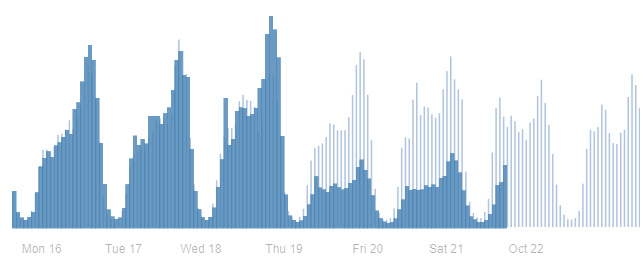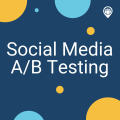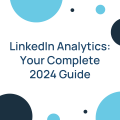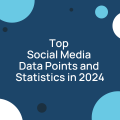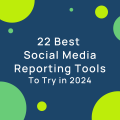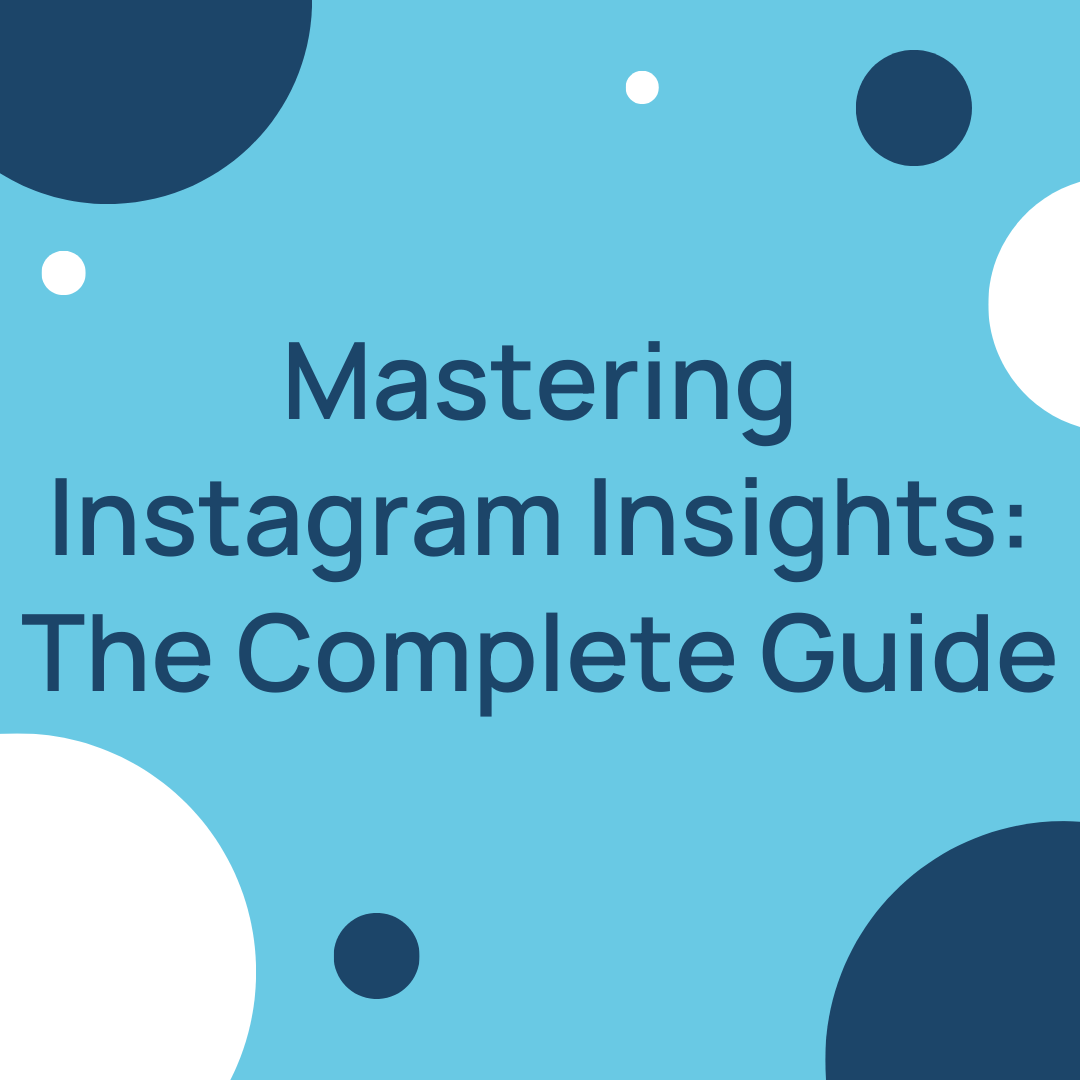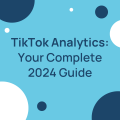Facebook Engagement Drops By 42% As Page Posts Get Removed From The News Feed
Tina Ahmed posted on 14 November 2017
Welcome to our monthly Facebook growth and engagement study for the month of October.
Some alarming news for all the social media managers coming from the world of Facebook this month so let’s dig deeper into all the latest.
Social media managers all over the world panicked at the news that Facebook is testing a dual news feed approach.
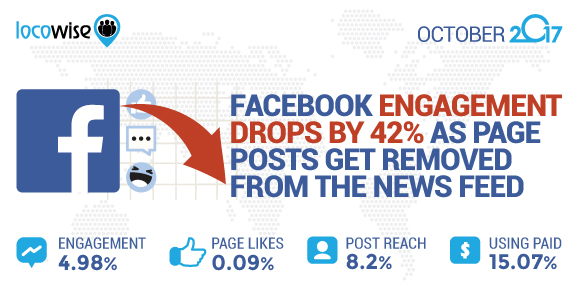
Explore feed is now live to all
Explore feed has already been rolled out globally to all users and is “a complementary feed of popular articles, videos, and photos automatically customized for each person based on content that might be interesting to them”. The Explore Feed has been tested over the previous weeks and has been found good enough to be introduced globally.
The alarming part for the social media managers is the additional test that Facebook is running right now. This test is currently active in 6 countries (Sri Lanka, Serbia, Bolivia, Slovakia, Guatemala and Cambodia) and Facebook has tried to calm people down saying that they don’t plan to introduce this worldwide just yet.
All organic content removed from the main news feed
But what the test does is that it splits the content between the two feeds. The main news feed features content from your friends and promoted posts only, and the secondary “Explore” feed features organic content from the pages you like, celebrities you follow and groups you are a member of and other non-friend content. Users see the main news feed by default and have to find the “Explore” feed in the navigation menu.
Pages from these 6 countries have seen their reach and website clicks decline by up to 80% overnight since the test was introduced on October 19th. We suspect that the main reason the drop isn’t even higher is the fact that some of these page followers may not have been impacted as they are not based in these 6 countries. The typical Facebook user will most probably not look to find the secondary feed and will just keep viewing the main feed that they are used to.
And if you think that Facebook might not have enough friends-only content for the news feeds you should think again. The average user sees only 300 or so posts out of 1,500 available posts daily. And it’s the algorithm’s job to boil those 1,500 possibilities down to the 300 prioritised posts that are most likely to get the user to stay longer on site and to interact more. By removing posts from pages from the total poll of potential posts, the algorithm might be left with more relevant and more interesting friends posts and showing the best of those might optimise the stickiness even more.
Anxiously awaiting the test results
This is a major test and if implemented globally it would mean the death of organic reach and engagement for many smaller brands and pages that rely on organic. It would also mean more companies and more money being spent on boosting organic content using advertising. This is a nice side benefit for Facebook.
As usual with Facebook experiments, if the numbers show that the friends-only feed makes people post and interact more, and spend even more time on the platform, it won’t be too long before we see this rolled out globally.
Facebook had this to say: “The goal of this test is to understand if people prefer to have separate places for personal and public content. We will hear what people say about the experience to understand if it’s an idea worth pursuing any further. There is no current plan to roll this out beyond these test countries or to charge pages on Facebook to pay for all their distribution in News Feed or Explore.”
Engagement down by 42% for pages in the test countries
We looked at pages from these 6 countries and their Facebook performance 18 days before and 18 days after the October 19th test launch.
The average post before the test had 800 engagements and the average post after the test had 467 engagements. This is a drop of 42%. Likes per post dropped by 41%, comments dropped by 47% and shares by 44%.
| Country | # of Pages | Total posts in the period | Engagements per post before | Engagements per post after | Drop |
|---|---|---|---|---|---|
| Slovakia | 417 | 18,242 | 235 | 136 | 42% |
| Sri Lanka | 754 | 33,166 | 934 | 620 | 34% |
| Serbia | 815 | 52,681 | 407 | 164 | 60% |
| Bolivia | 733 | 21,481 | 316 | 166 | 48% |
| Guatemala | 775 | 40,022 | 694 | 474 | 32% |
| Cambodia | 473 | 24,866 | 2,213 | 1,243 | 44% |
Facebook growth and engagement in October
Let’s now look at the performance of the 5,000 pages in our regular monthly study. These pages are located all across the world.
Page likes growth in October was at 0.09%. This is a 10% drop compared to 1% growth rate in September.
Post reach was at 8.2% of the total page audience and the engagement rate was at 4.98% of the people reached.
Videos reached 9.63% of the audience, links 9.05%, photos 7.61% and status updates 5.34%. Videos were also the most engaging post format with 5.74% of people reached engaging, photos 4.92%, status updates 4.02% and links 3.94%.
15.07% of all pages used Facebook advertising paying for 38.69% of their total reach.
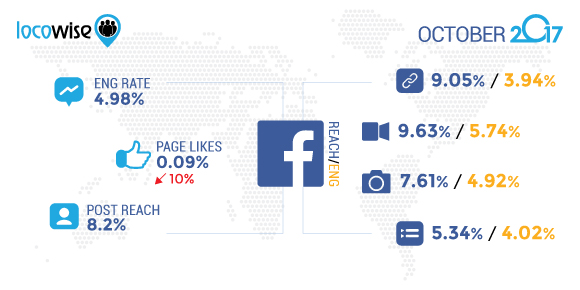
Advertising made more transparent
A significant change is coming during this month with the introduction of “View Ads” link on all Facebook pages. Facebook announced that “people will be able to click “View Ads” on a Page and view ads a Page is running on Facebook, Instagram and Messenger — whether or not the person viewing is in the intended target audience for the ad.”
The test is already underway in Canada and will be introduced to the US and the rest of the world during November month.
For political ads Facebook will be even more transparent and also include these details:
1. Include the ad in a searchable archive that, once full, will cover a rolling four-year period – starting from when we launch the archive.
2. Provide details on the total amounts spent.
3. Provide the number of impressions that delivered.
4. Provide demographics information (e.g. age, location, gender) about the audience that the ads reached.
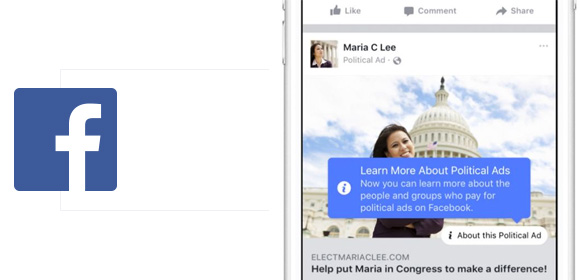
This feature will be useful for social media managers to understand the paid strategy of their competitors. How many posts are they promoting and which posts are they promoting. You can already see these details using Locowise and our Promoted Posts Detection module. It allows you to see how big percentage of posts any page is paying to promote, which posts are likely promoted and also our predicted reach and impressions for promoted posts. Sign up for a free trial now.
Giving more context to the links in the news feeds
Facebook has started giving its users “more context” to the article links they see in their news feeds. The test introduces a new “i” button next to the links that opens an informational panel when clicked. The idea is to help users make better decisions on which articles to click to read, comment on or share. This is in response to the spread of fake information on the platform.
The context to the articles is in the form of information from the website’s Wikipedia page, a link to the publisher’s Facebook page, a list of related articles and other trending content, and the details on how the specific website link is being shared on the platform.
Facebook has announced that most pages won’t see any significant changes happening to the distribution numbers they have in the news feeds. This update will affect links from websites with a bad reputation. It will result in fewer clicks and shares on their content.
It also re-emphasises the importance of Wikipedia and having an updated presence there for your brand.
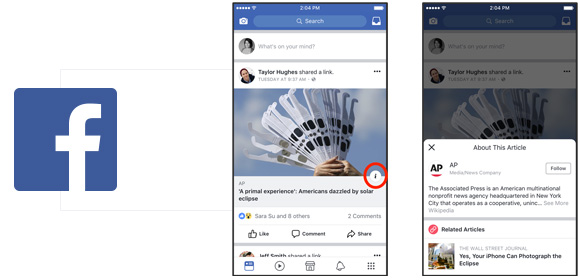
Facebook Stories for pages
Facebook Stories haven’t been as big as success with its users as Instagram Stories have on Instagram. Facebook is trying to change that with the introduction of several tools. There’s the ability to cross-post your Instagram Stories directly as Facebook Stories with a click and now Facebook is rolling out the ability for pages to post stories too.
Facebook had this to say: “We’ve been listening to our community and working to make it fast, fun and easy for people and Pages to create Stories on Facebook. Over the coming month, Pages will be able to create Stories to share with the people who follow them.”

